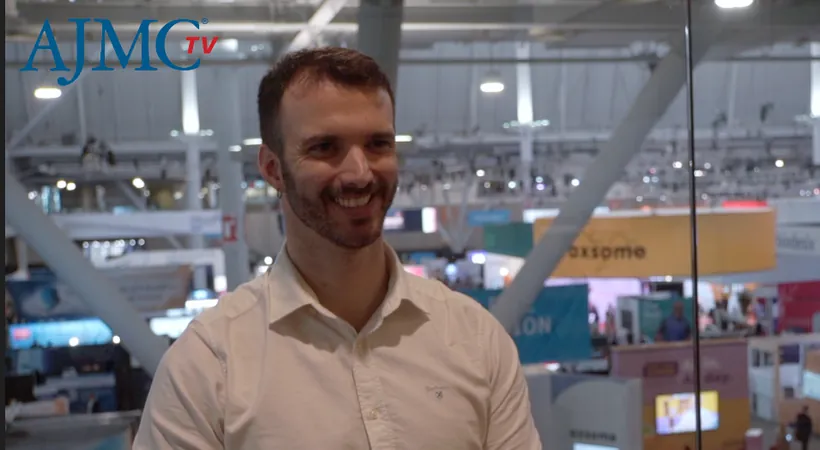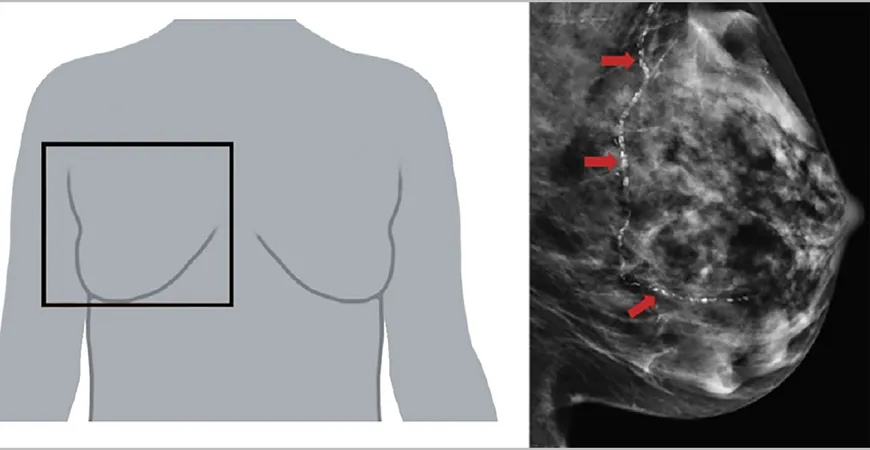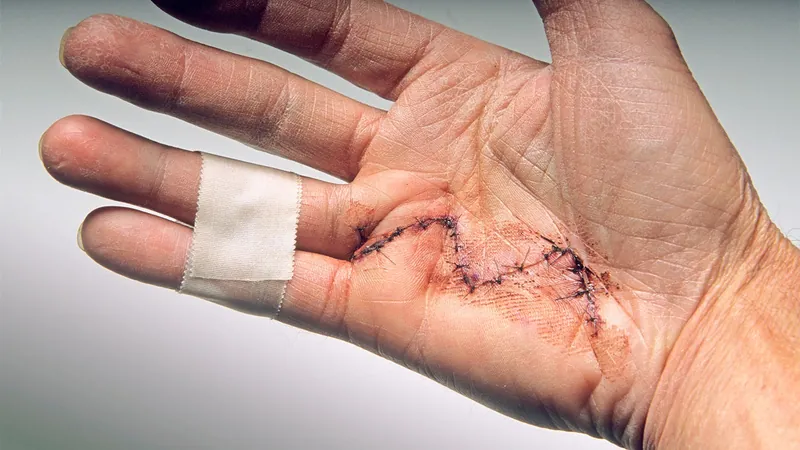
Breakthrough Strategies Unveiled: How to Tackle COPD Like Never Before!
2024-10-09
Author: Sarah
Chronic obstructive pulmonary disease (COPD) is a complex health issue that poses significant challenges for patients and healthcare providers alike.
Recently at CHEST 2024 in Boston, Dr. Daniel Howell, a clinical assistant professor at NYU Grossman School of Medicine, alongside other experts, shared innovative management strategies for effective COPD treatment. Their findings emphasized the importance of combining various therapies to improve patient outcomes.
During the session titled "COPD: Making the Most Out of Current Therapies," several key points emerged, shedding light on the latest advancements in the field.
The Triple Therapy Talk
One of the most intriguing discussions was led by Dr. Sarah Assaf from the University of New Mexico, where she explored the intricacies of triple therapy—using inhaled corticosteroids (ICS), long-acting beta-agonists, and long-acting muscarinic antagonists in combination inhalers. This approach has shown promising results in reducing moderate-to-severe exacerbations among COPD patients. However, there's a caveat: the potential increased risk of pneumonia linked with ICS use prompts careful patient assessment. Dr. Assaf highlighted the importance of understanding patient phenotypes, particularly those with high eosinophil counts who may benefit from this therapy despite the risks.
Innovative Medications on the Horizon
Dr. Jerry Krishnan from the University of Illinois discussed the role of medications like roflumilast and azithromycin in minimizing exacerbation risks. His ongoing RELIANCE trial investigates the most effective drug selection for patients, promising to provide deeper insights into tailor-made COPD treatment.
Harnessing Home Oxygen Therapy
Home oxygen therapy was also a focal point, presented by Dr. Nicola Hanania of the Baylor School of Medicine. While beneficial for many, the uncertainty surrounding the therapy’s use in patients experiencing exercise-induced hypoxemia raised important questions. Understanding when and how to implement this treatment can significantly affect patient quality of life.
The Overlooked Role of Respiratory Muscle Training
Dr. Howell concluded the session by emphasizing the vital yet often neglected area of respiratory muscle training. Many healthcare professionals focus on lung function, but as Dr. Howell argued, understanding the mechanics of breathing is crucial. He articulated how COPD affects the rib cage mechanics and overall breathing efficiency, leading to a significant workload on respiratory muscles.
To mitigate the strain caused by COPD, respiratory muscle training can help patients build the strength required for effective ventilation. This training can be categorized into inspiratory muscle training (IMT) and expiratory muscle training (EMT). IMT has garnered the most research attention, showcasing various devices to facilitate this training effectively.
Devices such as threshold trainers require patients to exert effort against a specific pressure to generate airflow, while resistive training devices necessitate increasingly smaller openings for airflow, elevating the patient's effort. Although these techniques can be challenging, they open new avenues for improvement.
Conclusion
COPD management is evolving with these promising therapies and training techniques. The insights shared at CHEST 2024 underscore the potential for improved patient outcomes through tailored therapies that account for individual patient characteristics. By embracing innovative approaches, healthcare providers can significantly enhance the quality of care for those battling this challenging disease.
Stay tuned as these strategies transform the COPD landscape—your respiratory health may depend on it!





 Brasil (PT)
Brasil (PT)
 Canada (EN)
Canada (EN)
 Chile (ES)
Chile (ES)
 España (ES)
España (ES)
 France (FR)
France (FR)
 Hong Kong (EN)
Hong Kong (EN)
 Italia (IT)
Italia (IT)
 日本 (JA)
日本 (JA)
 Magyarország (HU)
Magyarország (HU)
 Norge (NO)
Norge (NO)
 Polska (PL)
Polska (PL)
 Schweiz (DE)
Schweiz (DE)
 Singapore (EN)
Singapore (EN)
 Sverige (SV)
Sverige (SV)
 Suomi (FI)
Suomi (FI)
 Türkiye (TR)
Türkiye (TR)